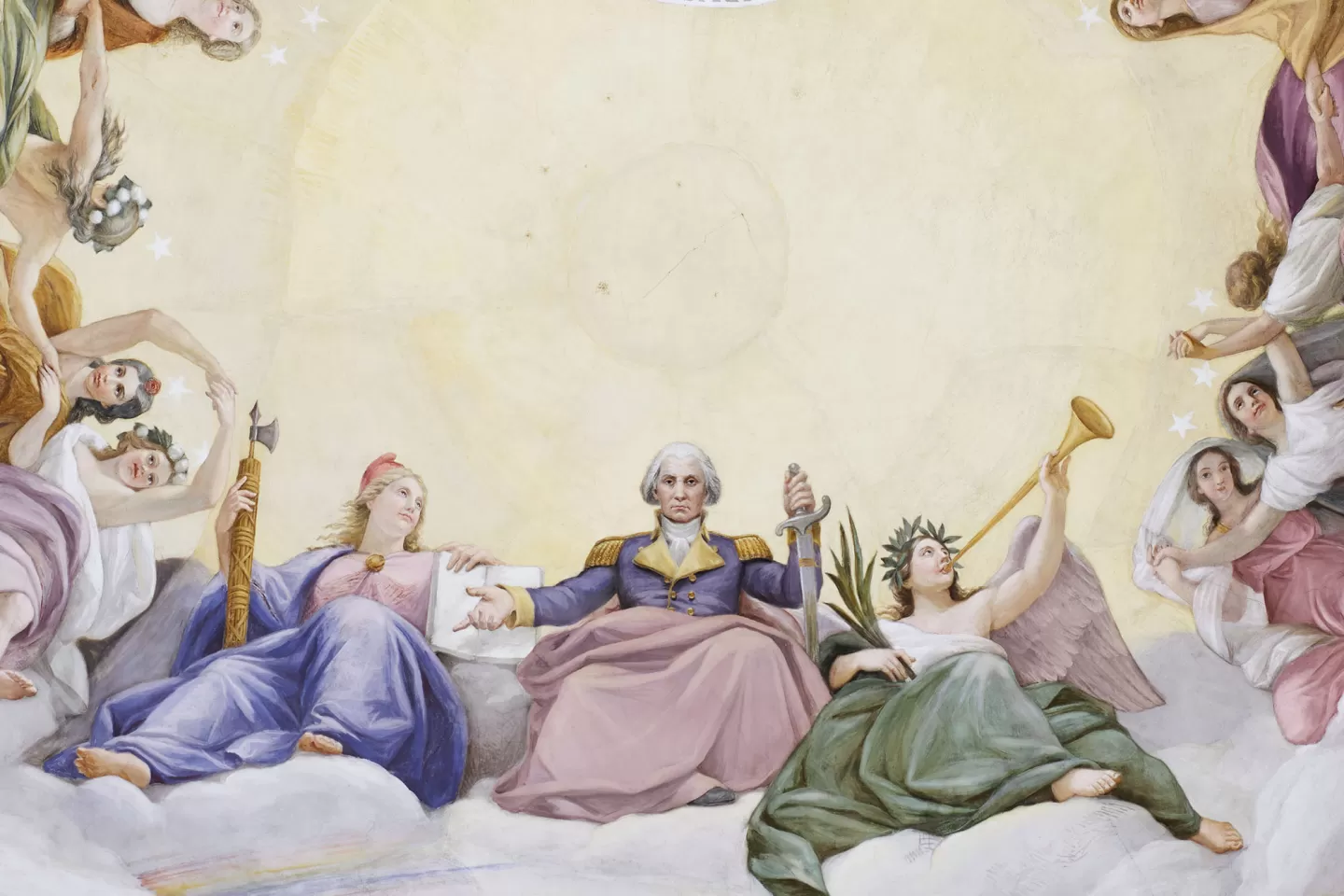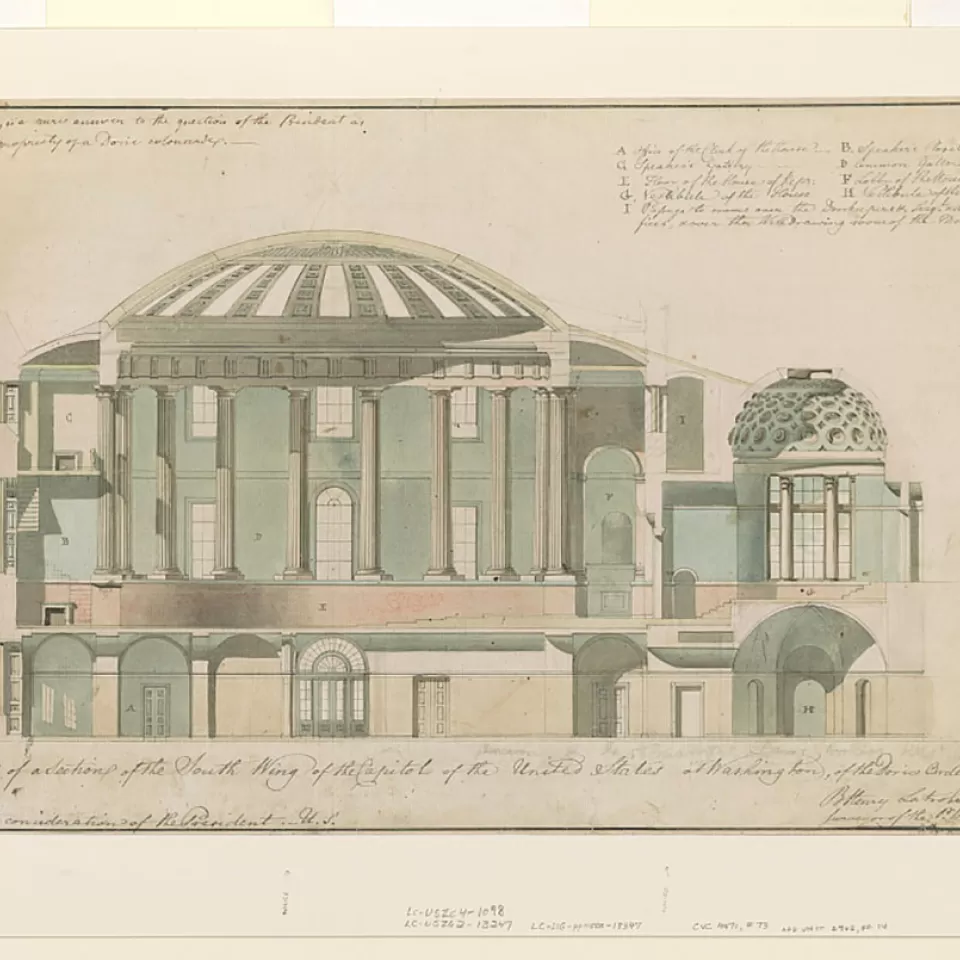Our Stories
Recent Articles
History & Discoveries
Unearthing Capitol Hill's Buried History
Visit Congressional Cemetery and discover the many connections the Architect of the Capitol has to this hallowed ground.
History & Discoveries
The U.S. Capitol Rotunda: Celebrating 200 Years as the Heart of American Democracy
The Rotunda was completed under the direction of Charles Bulfinch by the time of the visit of the Marquis de Lafayette in October 1824.
History & Discoveries
The Original Olmsted Trees
Celebrating the history of tree planting and tree preservation at the U.S. Capitol Grounds by highlighting some of the oldest trees on the grounds.
History & Discoveries
Jefferson Finds Capitol Inspiration in City of Light
Thomas Jefferson, inspired by skylights he saw in Paris, prevailed upon the Architect of the Capitol to include something similar in the U.S. Capitol's new chamber for the House of Representatives. However, all the skylights came to an untimely end.







Comments
Beautiful. When we visited the Capitol, this fresco was definitely a highlight, along with The Statue Of Freedom. Many a stirring moment in Our Nation's Capitol.
For the first time in my life I want to visit our Capitol. Dick Gregory introduced me to the American story behind the freedom cap. Until today I believed it to be of French origin and monopoly. We never learned about the Freedom Statue in history classes--high school or college. Independent reading proves to be of more value that required, often rote learning.
Fantastic lesson for pedagogical and historical purposes. The liberty cap belongs to the space of 'human constancies', i.e., the adoption of cross-cultural symbols with the same target: the liberty cap belongs to this sphere, representing the human struggles to enthrone Liberty as a major social life persona.
Thank You for giving myself the history lesson, never heard of this before.
I grew up in Bedford, Massachusetts, which lies between Lexington and Concord, and sent more Minutemen to Lexington than any other local town. There is a small park on The Great Road where every year a pole is erected, bearing a Phrygian cap.
Add new comment